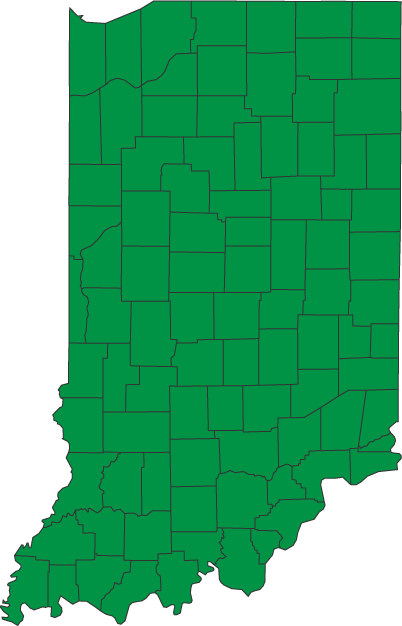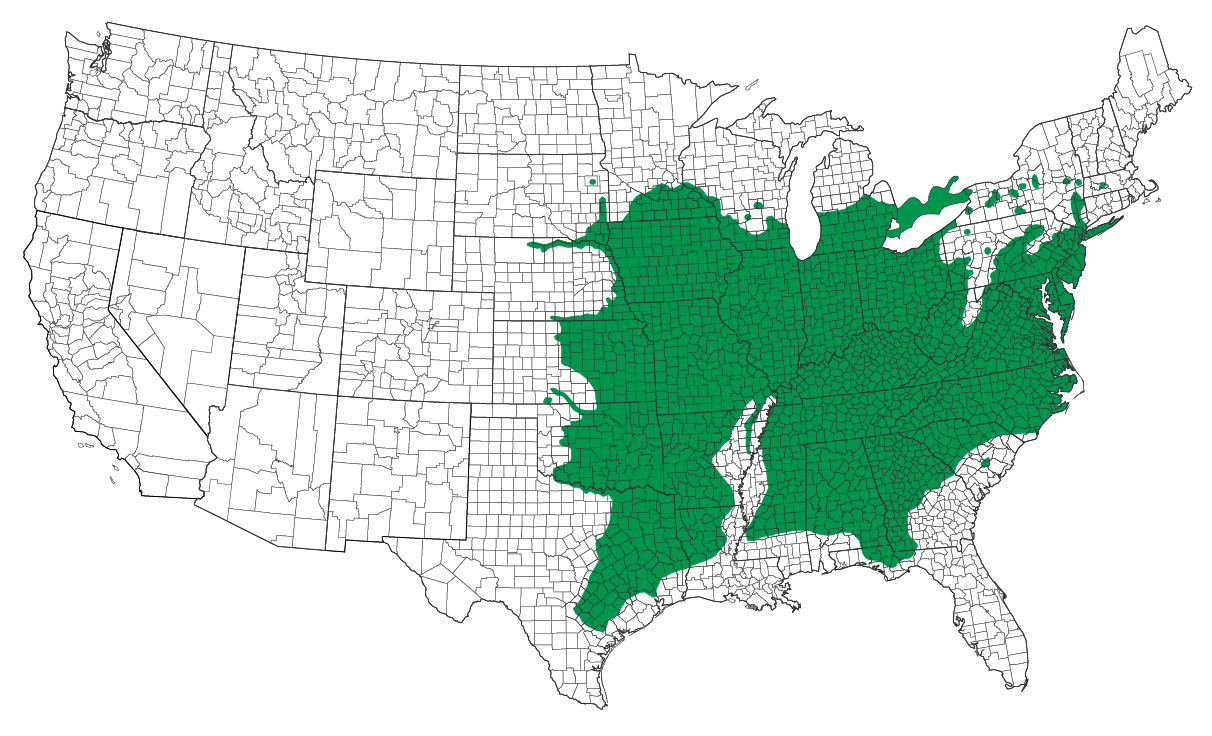ECOLOGY ▪ SCIENCE ▪ EDUCATION
| Index by Common Name | |
| boxelder | |
| butternut | |
| maple, red | |
| maple, silver | |
| maple, sugar | |
| walnut, black | |
| Index by Taxonomic Name | |
| Acer negundo | |
| Acer rubrum | |
| Acer saccharinum | |
| Acer saccharum | |
| Juglans cinerea | |
| Juglans nigra | |
This ambitious project will result in a comprehensive, web-based guide to all of Indiana’s native trees as well as the exotic tree species that have become naturalized within the state. Included in each species profile will be detailed information including multi-seasonal identification traits, illustrated pop-up botanical definitions, photographs, faunal associations, historical stories, distribution maps, and much more.
When deciding what topic to focus on first, the logical choice was trees. For many people, their fascination with nature began with trees, and often, trees are the gateway to learning more about the natural world. Trees provide many ecological services. They produce oxygen while sequestering carbon, provide cooling shade, and are critical sources of food and shelter for wildlife. Trees are accessible, easily studied, and with fewer than 200 species in our state, there are a manageable number of them to learn. Despite this, they are not frequently taught or studied, and therefore, the connection to them has diminished.
| Index by Common Name | |
| boxelder | |
| butternut | |
| maple, red | |
| maple, silver | |
| maple, sugar | |
| walnut, black | |
| Index by Taxonomic Name | |
| Acer negundo | |
| Acer rubrum | |
| Acer saccharinum | |
| Acer saccharum | |
| Juglans cinerea | |
| Juglans nigra |
For this project to be completed within a reasonable amount of time, it requires statewide contributions from people with various skills and expertise, including photographers, botanists, educators, interpreters, proofreaders, and amateur naturalists.
What began as a 2017-2018 project, has expanded into an eight-year plan, with a target date of completion of December 2025. However, given the opportunities for improved photographs and revisions, the project will never be considered truly finished.
Individual contributors will determine their level of participation. Please direct all questions and inquiries about this project and participation to info@indiananature.net. Participants may also submit images for inclusion in the project via the Facebook group by using the hashtag #GAINTP.
When creating webpages, in addition to conducting their own fieldwork, the authors reference and cite numerous sources, including books, websites, government publications, and spreadsheets. The bibliography on this page includes references that are common to multiple species throughout the project. Individual taxonomic pages may contain additional sources that are specific to the applicable taxa.


Each species page of the project contains two maps:
This project, along with the rest of this website, attempts to follow the standards defined by the book Scientific Style and Format: The CSE Manual for Authors, Editors, and Publishers, 8th Edition, published by the Council of Science Editors.

Indianananature LLC wishes to thank the following people who have contributed to this project and website:
The following sources were used for most if not all of the species pages that are found within this section. Additional species specific sources are cited on the individual species pages.
Baker RL, Carmony M. 1976. Indiana place names. Bloomington (IN), Indiana University Press.
Barnes BV, Wagner WH. 1981. Michigan trees: a guide to the trees of Michigan and the Great Lakes region. Ann Arbor (MI): University of Michigan Press.
Botanary, the Botanical Dictionary. Davesgarden. [accessed 2017 Oct 5]. http://davesgarden.com/guides/botanary/
Burns R, Honkala B. 1990. Silvics of North America Volume 2, Hardwoods. Washington: United States Department of Agriculture.
Collingwood G, Brush W, Butcher D. 1964. Knowing your trees. Washington (DC): American Forestry Association.
Deam CC. 1921. Trees of Indiana. 1st revision. Fort Wayne (IN): Fort Wayne Printing Co.
Deam CC. 1940. Flora of Indiana. Indianapolis (IN): Indiana Department of Conservation Division of Forestry.
Deam CC. 1953. Trees of Indiana. 3rd revised edition. Indianapolis (IN): The Bookwalter Company Inc.
[DOD] United States Department of Defense]. 1980. Folklore Nature Trail. Louisville (KY): Dept. of Defense, Dept. of the Army, Corps of Engineers, Louisville District.
Elias TS. 1980. The Complete trees of North America; field guide and natural history. New York (NY): Book Division, Times Mirror Magazines.
Gleason HA. 1963. The new Britten and Brown. Illustrated Flora of the Northeastern United States and adjacent Canada. New York (NY): Hafner Publishing.
Hepting G. 1971. Diseases of forest and shade trees of the United States. [Washington]: U.S. Dept. of Agriculture, Forest Service.
Hilty J. 2020. Illinois Wildflowers. Illinoiswildflowers.info. [accessed 2020 Apr 2]. https://www.illinoiswildflowers.info
Illustrated historical atlas of the state of Indiana. 1968. Indianapolis (IN): Indiana Historical Society.
IMS Health Inc. 2019. Tree and Plant Allergy Info for Research - Allergen and Botanic Reference Library. Pollenlibrary.com. [accessed 2019 Sep 27]. http://www.pollenlibrary.com
Indiana Big Tree Register. Indiana Department of Natural Resources. [accessed 2017 Oct 4]. http://www.in.gov/dnr/forestry/8169.htm
Indiana Department of Natural Resources. 2016. Endangered, Rare, Threatened and Extirpated Plants of Indiana.
Integrated Taxonomic Information System. 2019. Itis.gov. [accessed 2019 Sep 24]. http://www.itis.gov
Jackson MT, Harrington K, Rathfon R. 101 trees of Indiana: a field guide. Bloomington (IN): Indiana University Press; 2004.
Kartesz, JT. 2014 and continuously updated. North American Plant Atlas. Chapel Hill (NC): The Biota of North America Program (BONAP); [accessed 2019 Apr 2]. http://www.bonap.org/napa.html.
McPherson A, McPherson S. 2007. Wild food plants of Indiana & adjacent states. Bloomington (IN): AuthorHouse.
Mahoney KD. Latin Dictionary and Grammar Resources - Latdict. Latin Dictionary and Grammar Resources - Latdict. [accessed 2018 Mar 6]. http://latin-dictionary.net/
Martin A, Zim H, Nelson A. 1961. American wildlife & plants. New York (NY): Dover Publications.
Meier E. 2019. The Wood Database. Wood-database.com. [accessed 2019 Dec 23]. https://www.wood-database.com
Missouri Botanical Garden. 2020. Missouribotanicalgarden.org. [accessed 2020 Jan 12]. https://www.missouribotanicalgarden.org
Moerman DE. 1998. Native American ethnobotany. Portland (OR): Timber Press.
Morton Arboretum. 2020. Mortonarb.org. [accessed 2020 Jan 12]. https://www.mortonarb.org
NatureServe Explorer: An Online Encyclopedia of Life. NatureServe Explorer: An Online Encyclopedia of Life. [accessed 2019 Mar 30]. http://explorer.natureserve.org/
Peattie DC. 1948. A Natural History of Trees of Eastern and Central North America. Boston (MA): Houghton Mifflin Company.
Petrides GA, Wehr J. 1998. Eastern trees: eastern United States and Canada. Norwalk (CT): Easton Press.
Plants for a Future. 2019. Pfaf.org. [accessed 2019 Dec 20]. https://pfaf.org
Shropshire KJ. webmoths.xls. [accessed 2014 Jul]. http://canr.udel.edu/faculty/tallamy-doug/new_xls/webplants.xls
Smith NF. 1961. Michigan trees worth knowing. Michigan Department of Conservation.
Swink F, Wilhelm G. 1994. Plants of the Chicago region: an annotated checklist of the vascular flora of the Chicago region, with keys, notes on local distribution, ecology, and taxonomy, a system for the qualitative evaluation of plant communities, a natural divisions map, and a description of natural plant communities. Lisle (IL): Morton Arboretum.
Wagner DL. 2005. Caterpillars of Eastern North America: a guide to identification and natural history. Princeton (NJ): Princeton University Press.